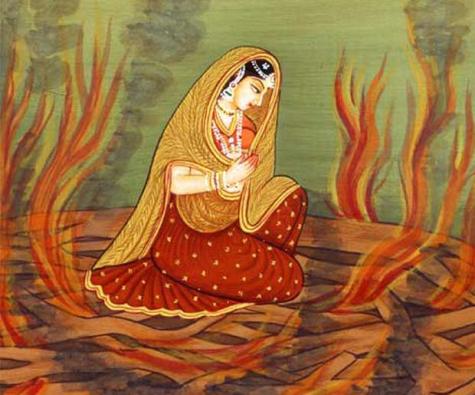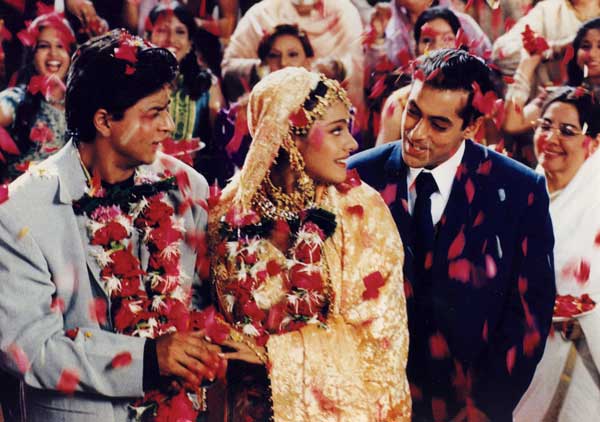
To say that 2015 was a difficult year for me would be an understatement. It started out alright enough, but by the end of the summer, I felt like everything was going to pieces.
I started the last year of my Ph.D. and the thought of finishing my degree and moving on to my first “real” job filled me with nausea-inducing dread. I was in an accident that totaled my car. My social life felt like it was crumbling. I didn’t know what I wanted to do with my career anymore. My anxiety levels were at an all-time high, which prevented me from even being able to deal with any of my problems; all I wanted to do was hide in bed and watch the world pass me by.
It was around this time that Netflix released its original series, Marvel’s Jessica Jones. Not an avid reader of comic books, it wasn’t really on my radar, but a friend sent me the trailer and I had to admit it seemed promising. A female protagonist with super strength? That was just the sort of inspiration I needed.
When the entire first season was released, on November 20, 2015, I was in the throes of self-pity regarding the relative lack of control in my life, and I was just thankful to have an interesting series to distract me. The first episode was gripping enough to hold my interest, so I decided to embark on completing the entire series as quickly as I could.
I expected an amusing superhero show with common superhero themes of good vs. evil, right vs. wrong, and an emphasis on morality. What I didn’t expect was a cathartic experience, one extremely relatable for me: a young, professional, Desi woman living in modern, urban America.
Jessica Jones’ story essentially revolves around control and consent. Jones, a young woman who gains the power of super strength following an accident, becomes the object of affection of Kilgrave, a charming, narcissistic man with the power of mind control.
The story opens after she has finally freed herself of Kilgrave’s influence and has shrunk away from society, alienating her friends and turning to whiskey for comfort. However, throughout the series, she realizes that her escapism doesn’t solve any of her demons; instead, she must confront them head-on to vanquish them for good.
As Desi women, we are so often taught to be passive, taught to sit and await someone with more strength than us — usually a man — to come rescue us from whatever bind we find ourselves in. We are often taught to throw ourselves into activities deemed acceptable for us (namely work, mothering, or prayer) in order to help us cope with what the universe throws our way. Above all, we are taught to endure. Never complain, always endure.

Although the overt enforcement of these character traits may be falling out of favor, we still see them in our stories, our fables, and our modern media. Stories such as that of Sita, the main female protagonist in the Hindu epic Ramayana, are prime examples of this sort of behavioral reinforcement; when Sita, wife of Rama, queen of Ayodhya, and incarnation of the goddess Lakshmi has been abducted by Ravan and is being kept hostage in Lanka, she bides her time by waiting and hoping that her husband will find a way to save her. And while “wait and bide your time for your husband to rescue you” is not a message that families explicitly instill in their daughters, Sita is generally held as a paragon of virtue and fidelity and a model for ideal female behavior — an example to be observed, studied, and emulated.
Even outside religious literature, however, we see themes of a woman’s destiny being determined by the actions of a man. All of the beloved Bollywood movies of my youth — Kuch Kuch Hota Hai, Taal, Dilwale Dulhania Le Jayenge, Pardes…the list could go on for pages — subtly reinforce the idea that my fate has never truly been in my control, simply because I am a woman. In each of these films, the main female character is caught between two men — one to whom she is attached because of some sort of obligation, and one to whom she is attached because of love.
In each and every one of these instances, it is not the woman that takes charge of her life and fights for what she wants; it is instead the man who fights for his right to whisk her away. These are the characters that many Desi women idolized as children and teens. Knowingly or unknowingly, this is where we got our cues for how we were expected to behave, and the messages we were given ten, fifteen, or twenty years ago have by no means dissipated from the Desi media of today. Everywhere we turn, we are shown how we ought to be, regardless of how much intelligence and education and financial independence we have secured for ourselves. We are shown that it is reasonable to believe that we will never be in charge of our own futures.

Jessica Jones’ story, initially, falls well in line with the plight in which many modern Desi women find themselves. Just as many of us are educated and financially independent enough to not depend on anyone for our daily well-being, Jones possesses superhuman strength that allows her to navigate the world unafraid of any physical obstacle. What her story teaches her, and ultimately the viewer, is that regardless of the tools one possesses, it is the confidence to use them — the confidence in one’s own ability to look anyone or any hurdle straight ahead and declare “you are no stronger than me” — which makes those tools useful. We do not need to be saved; we need only to find it in us to save ourselves.
Shortly after I finished watching the series, I went into my coat closest and pulled out my leather jacket. It looked startlingly similar to the one Jones wears throughout the show. Amused, I went to the mirror and put it on, and a funny thing happened — I stood up a little straighter. I squared my jaw. I felt just a bit less helpless.
2015 is not yet over, and 2016 promises to be no less difficult for me. But hopefully, channeling some of Jessica Jones through wardrobe choices or otherwise, I’ll scrape together the resilience necessary to push through.

* * *
Rashmi Venkatesh is a Ph.D. student in pharmacology living in the metro D.C. area. She’s about a semester away from graduating and (still) trying to decide what to do when she grows up. Her interests include feminism, pop science, South Asian diasporic culture and media, and biriyani. Find her on Twitter at @rashmiv11.












